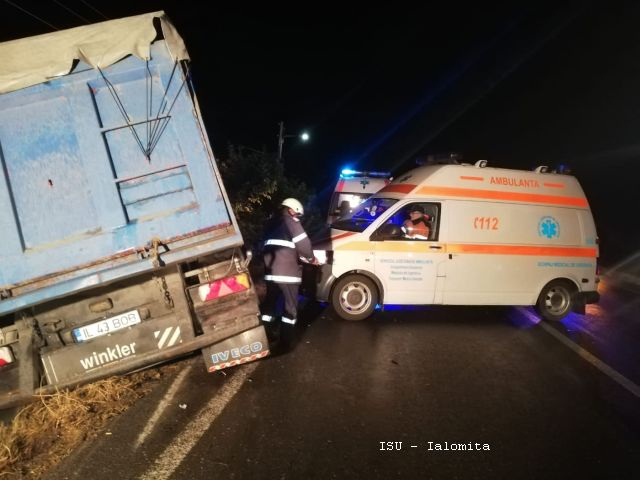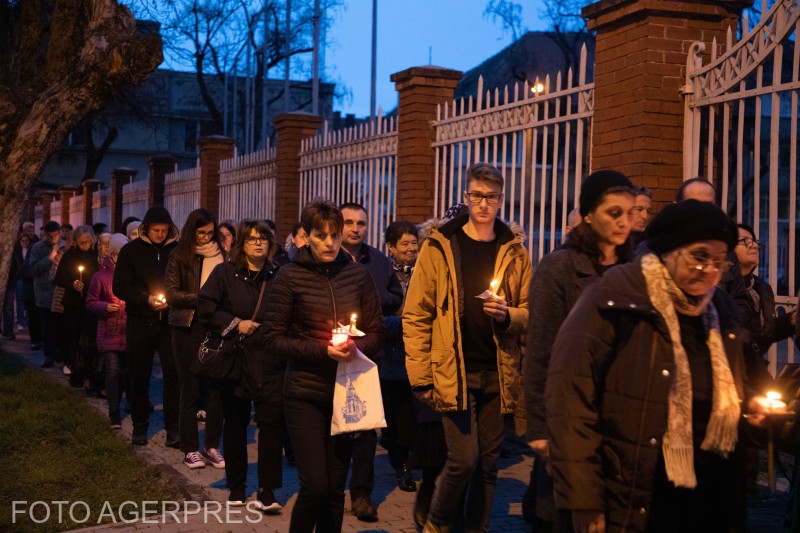The state of infrastructure in Romania and road safety
The state of infrastructure in Romania and road safety

Roxana Vasile, 08.10.2019, 13:55
The car crash that occurred Saturday in Ialomiţa county, in southern Romania, in which 10 people were killed after a truck hit a minibus coming from the opposite direction, gives a new warning signal related to road safety. Actually, Romania is on top position within the EU in terms of traffic related deaths.
The investigation in the Ialomiţa tragedy is currently under way. Some sources say the truck was running at the legal speed limit and the driver observed the rest stops. Still there is suspicion that he might have fallen asleep or used the mobile phone while driving. Starting on Saturday, the use of mobile phones while driving will be punished by big fines and even the suspension of the driving license. Also traffic checks have been announced to verify the tachographs that register the driving and resting time of transporters.
The transport minister Răzvan Cuc said he would propose the introduction of devices for scanning drivers’ retina, meant to identify tiredness and warn drivers when they cross the line separating the lanes. According to the vice-president of the National Union of Road Transporters in Romania, Constantin Isac, further prevention measures are needed which do not regard professional drivers alone.
Constantin Isac: “Bucharest’s ring road and also the ring roads of all the big cities are actually the big problem, and I’m referring to all the facilities a parking should provide: toilets, hygiene areas, guards. It’s not only drivers and the infrastructure to be blamed, but also the way traffic control is undertaken.”
An adviser on traffic safety issues and a former deputy director of the Traffic Police Directorate, Costin Tatuc has more details: “There should be some more road-related improvements that should allow the separation of traffic sources, and I am referring to roads for slow vehicles that should be parallel to the national roads. The best solution to avoid localities is to build motorways.”
In fact motorways are one of Romania’s weaknesses. 30 years after the 1989 anti-Communist uprising and after more than 12 years of EU membership, no highway was built to cross the Carpathians. At the end of 2018, Romania had almost 800 kms of motorways, of which some 100 kms from the time of dictator Nicolae Ceausescu. The few segments of highway that have been built so far connect Romania to its neighbors rather than allowing Romanians in the center of the country to get to Bucharest faster or to shorten the time spent driving to the Black Sea Coast. Besides the lack of interest of those in power, bureaucracy was another obstacle in the way of highway building, alongside the selection of contractors, including foreign ones, whose main aim was to make huge profits. (translation by L. Simion)






























